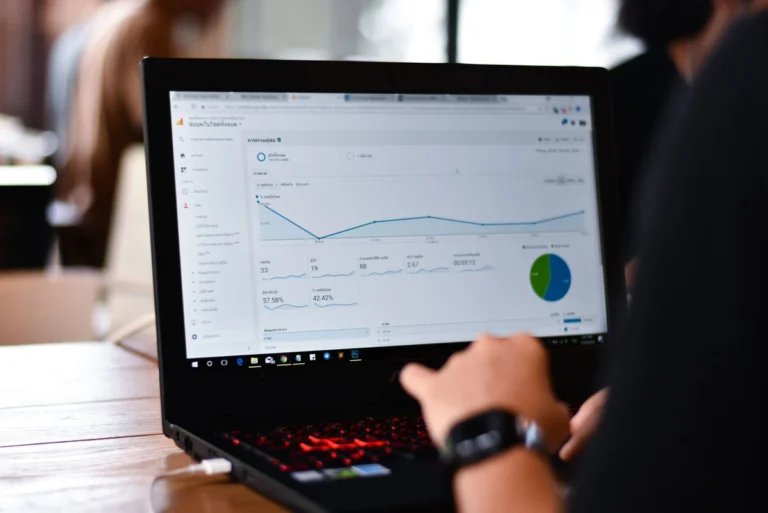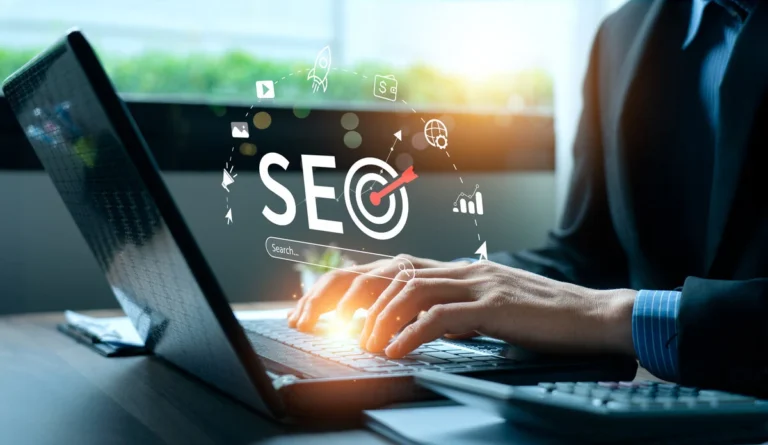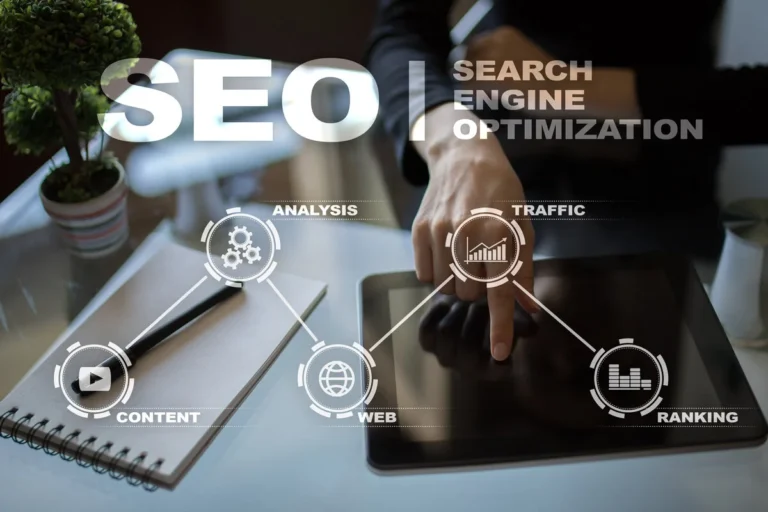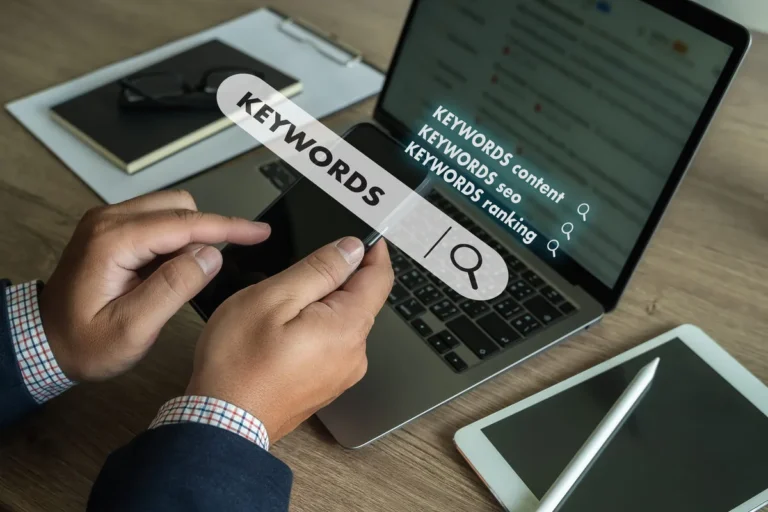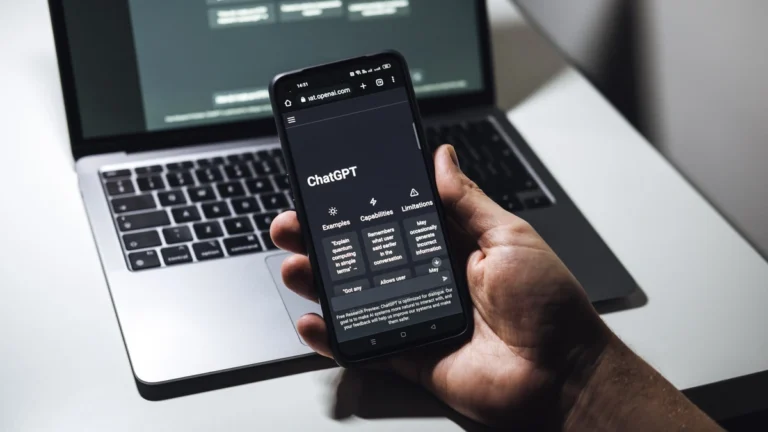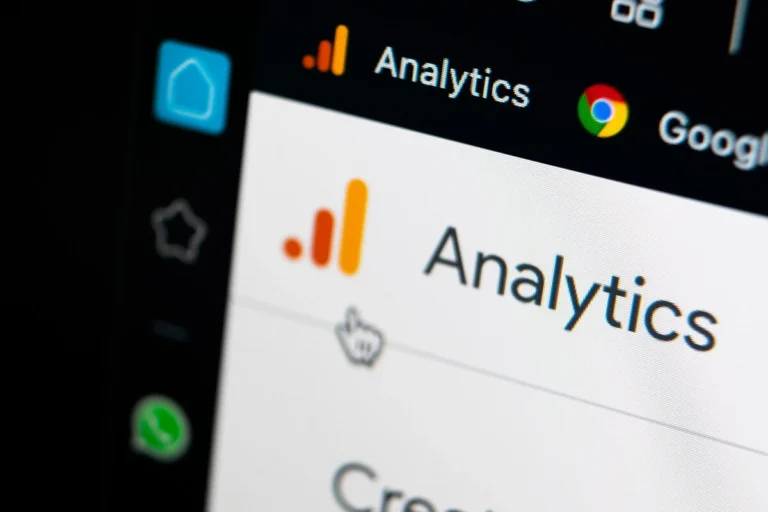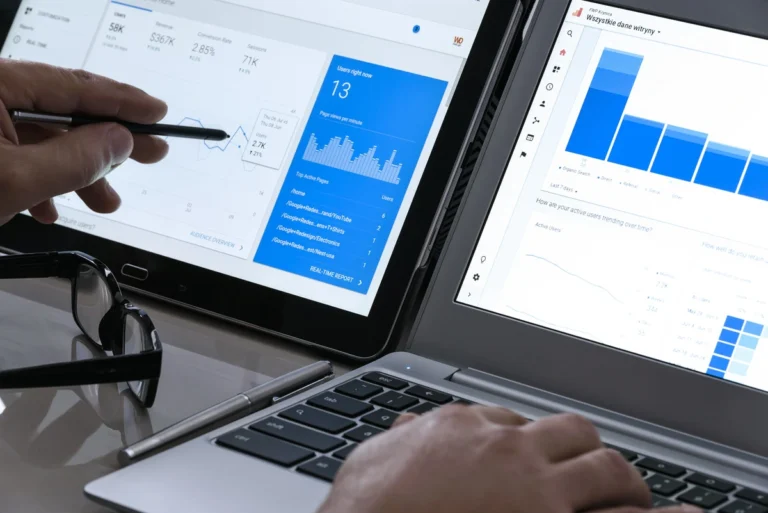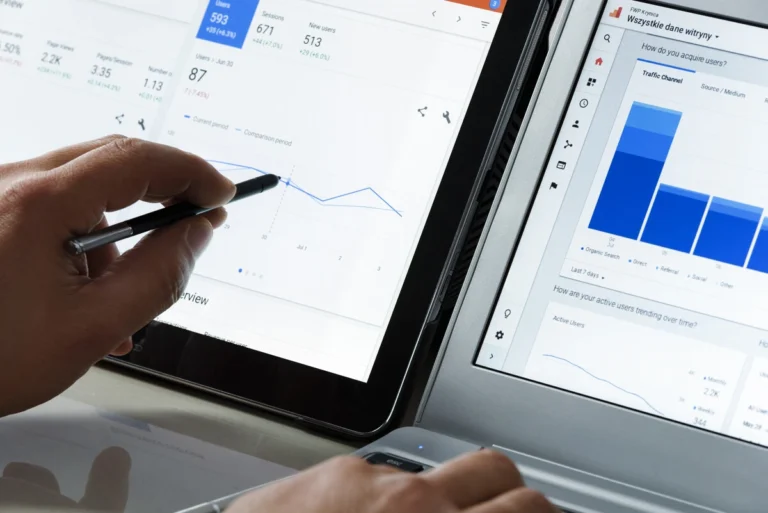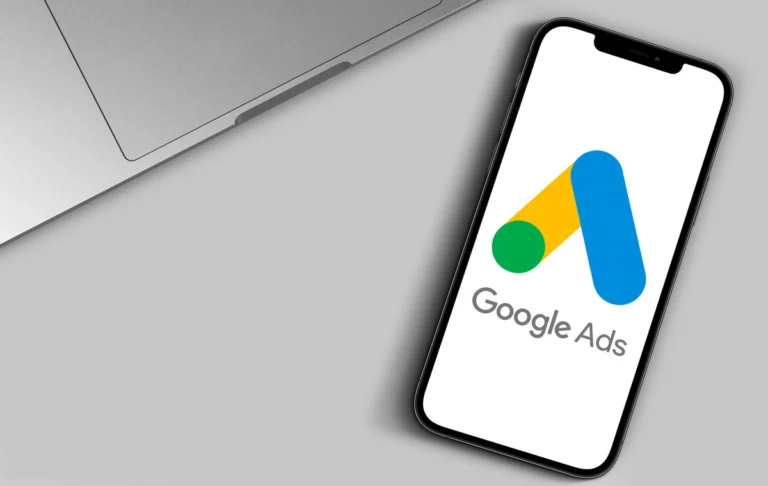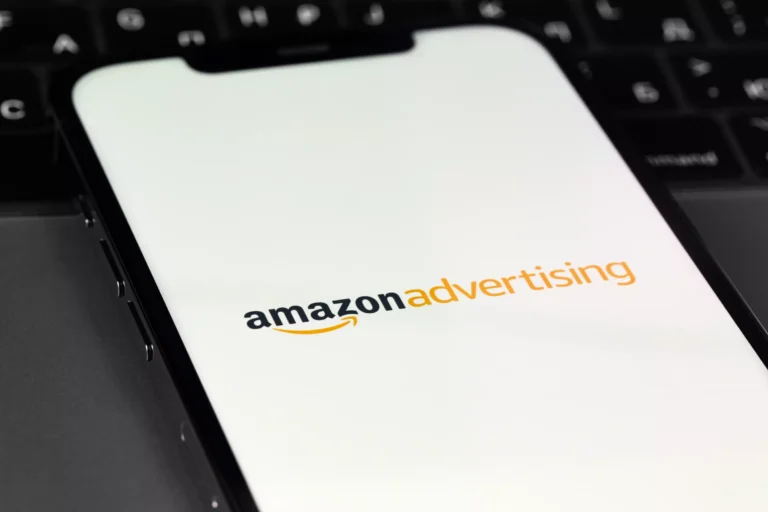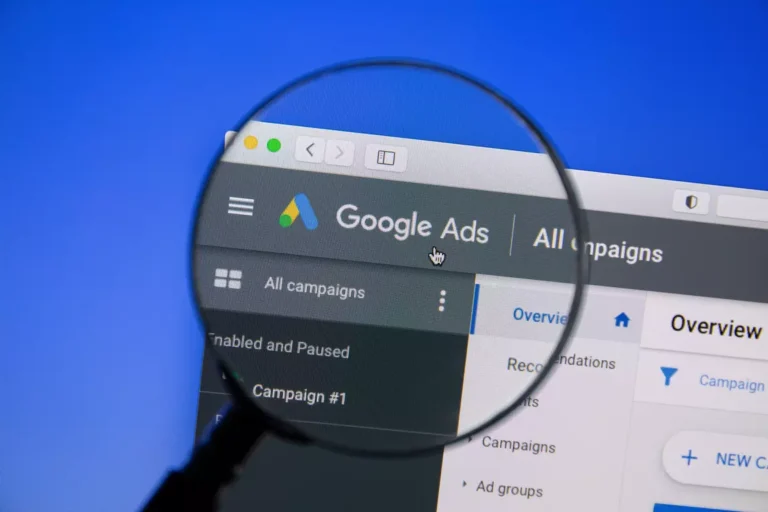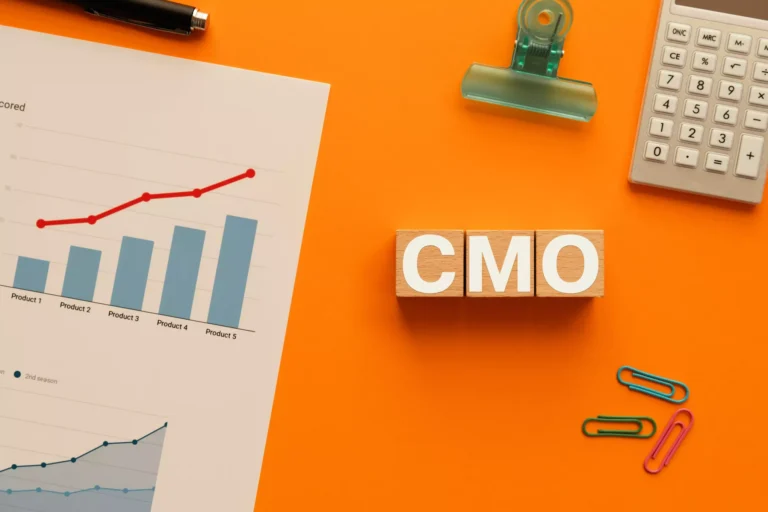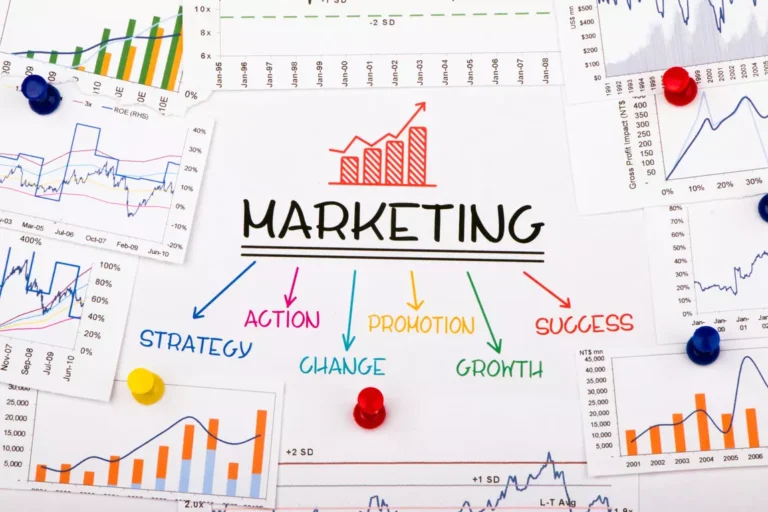What is the Engagement Rate in SEO?
The engagement rate in SEO refers to the level of interaction that users have with a website. It is a crucial metric that reflects how well a website captures and retains its visitors’ interest. Analyzing visitors’ interests, understanding the quality of their website content and user experience, and revealing insights into visitor behavior and preferences.
At Bohu Digital, we define engagement rate as a blend of factors such as session duration, pages per session, and bounce rate that collectively measure user interaction. Understanding this metric is vital for optimizing a website to meet user needs better and enhancing better meet user needs and enhancement Rate for Website Performance.
The engagement rate is more than just a number; it reflects user satisfaction and website usability. A high engagement rate indicates that users find the website content valuable and easy to navigate. This can improve search rankings as search engines favor websites that fulfill user intent.
Conversely, a low engagement rate may suggest issues with content relevance or user interface that need addressing to prevent high bounce rates and lost conversions. By focusing on SEO Optimization strategies that enhance engagement, businesses can drive more traffic, increase customer retention, and boost ROI.
How Bohu Digital Views Engagement Rate
At Bohu Digital, we prioritize engagement metrics as key performance indicators. Our approach is to analyze these metrics with other data, such as conversion rates and traffic sources, to create a comprehensive picture of how users interact with client websites. This allows us to identify areas for improvement and strategize ways to increase user interaction through engaging content and seamless user experience. Leveraging these insights, we empower businesses to optimize their digital presence effectively.
What is a Good Engagement Rate on Google?
Determining a good engagement rate on Google involves analyzing various metrics, such as click-through time spent on the page and bounce rates. An engagement rate above 2% is generally considered good but varies by industry and market dynamics. Analyzing engagement rates in context with industry standards and competitor benchmarks can provide valuable insights.
Typical Engagement Rates on Google
While engagement rates can vary significantly across industries, an engagement rate of 2-5% is often used. These rates vary based on several factors including the type of content, target ,audience, and content’s relevance. For instance, highly engaging content can sometimes result in significantly higher rates, while niche markets might experience lower but more targeted engagement rates.
The Role of Google Analytics in Measuring Engagement
Google Analytics is a powerful tool for measuring engagement by providing detailed insights into user behavior on your website. Metrics such as average session duration, pages per session, and bounce rates help businesses understand how effectively they are engaging their audience. This data can assist marketing teams and business owners in identifying areas of improvement and crafting strategies to enhance user interaction.
Bohu Digital’s Standards for Google Engagement
At Bohu Digital, we prioritize crafting data-driven strategies that go beyond average benchmarks to help our clients achieve a high level of engagement. Our comprehensive analysis considers client-specific goals and industry standards, thereby facilitating actionable insights that drive better performance and increased engagement. We focus on optimizing every aspect of digital presence, ensuring our clients not only meet but exceed typical engagement expectations.
Is 20% Engagement Rate Good?
In the context of digital marketing and SEO, a 20% engagement rate can be considered quite favorable, depending on the platform and industry standards. This figure indicates a reasonably high level of interaction from users relative to the content or website page they are engaging with. However, it’s essential to understand that what might be deemed a good engagement rate can vary immensely depending on numerous factors.
Discussion on Common Engagement Rate Benchmarks
Industry benchmarks for what constitutes a good engagement rate can differ. On social media, higher rates, such as 10% or more, are often regarded as exceptional. In contrast, for website pages, a 20% engagement rate could represent a solid amount of user interaction, as content consumption differs from platform to platform. This rate indicates users are focusing on the content within the SEO landscape.
Comparison with Bohu Digital’s Benchmarks
Bohu Digital typically sets its engagement rate benchmarks slightly above standard industry metrics, reflecting our commitment to excellence. A higher engagement rate can lead to better conversion rates and customer retention. Therefore, we aim to surpass traditional metrics like 20% by implementing data-driven strategies to enhance user experience and interaction.
Factors Affecting What is Considered a Good Engagement Rate
Several factors influence whether a 20% engagement rate is good for your business. These include the platform used, the nature of your industry, and the specific goals tied to your digital marketing strategy. For instance, highly visual sectors may naturally receive higher engagement rates than text-heavy industries. Thank you. We emphasize tailoring engagement strategies according to these dynamic factors to ensure our partners achieve optimal interaction rates.
Understanding Average Engagement Time for SEO
Average engagement time is a critical metric in SEO, reflecting the duration users spend interacting with a website. This metric indicates the quality of user interaction and content engagement on your website. Business owners and marketing professionals can use this metric to gauge how effectively their content is holding visitor interest.
Average hold time benchmarks in the industry vary depending on the nature of the content and audience. Generally, an average engagement time of 30 seconds to 2 minutes is often seen as a good range, but this can be influenced by factors such as industry vertical, user intent, and content type. For instance, websites with extensive written content may see higher engagement times naturally compared to sites with quick-to-consume media.
Bohu Digital provides crucial insights into optimizing engagement time by focusing on tailoring content to match audience expectations and promoting easy navigation. By prioritizing user experience and content relevance, Bohu Digital helps businesses enhance their average engagement time. This involves constantly analyzing user behavior to adjust strategies ensuring that digital properties are effectively aligned with visitor interests and needs.
Engagement Rate Calculations and Formulas
Standard Engagement Rate Formulas
Measuring the engagement rate effectively is crucial for optimizing SEO strategies. Standard engagement rate formulas are designed to give you a clearer understanding of how well your audience interacts with your content. A common formula involves calculating the percentage by dividing total interactions (such as likes, shares, and comments) by total impressions and multiplying by 100. This formula helps quantify how engaging your content is to the viewers.
Engagement Rate Calculators
Engagement rate calculators are invaluable tools that simplify tracking these metrics. These tools automate calculations, making it easier for business owners and marketing professionals to quickly assess performance without manual input. With various online calculators available, selecting one that aligns business goals can significantly streamline your SEO evaluations.
How Bohu Digital Helps Clients Optimize Their Rates
At Bohu Digital, we understand that calculating the engagement rate is just the beginning. To help our clients optimize their rates, we dig deeper into the analysis, examining factors like content quality, audience behavior, and platform specifics. Our expert team uses these insights to develop strategic recommendations to maximize client engagement rates. Whether it’s refining the content strategy or using technical SEO elements, Bohu Digital provides a holistic approach to boosting engagement.
Conclusion
The metrics surrounding engagement rate in the realm of SEO are pivotal for understanding how effectively your website resonates with and retains its audience. From comprehending the core principles of engagement metrics to evaluating what constitutes a ‘good’ rate via platforms like Google Analytics, it’s clear that each percentage point can signify a substantial difference in user interaction and business outcomes.
Throughout this article, we’ve delved into the benchmarks and best practices needed to contextualize these numbers within the broader digital landscape. As businesses strive to rise above the competition, monitoring and optimizing these metrics are vital to ensure long-term success.
Our insights also highlighted how engagement times factor in, offering various standards and tools that can aid in benchmarking performance across the board. It’s essential for business owners and marketers to regularly evaluate and adjust their strategies for better resonance with current digital trends.
Bohu Digital consistently advocates for a data-driven approach, focusing on personalized strategies and SEO enhancements. Bohu Digital is dedicated to guiding businesses through the complexities of digital analytics and transforming engagement strategies to boost conversion and retention rates.
Elevate your digital presence with Bohu Digital and build a well-oiled marketing machine that meets and exceeds your engagements and provides advanced strategies to optimize the user experience and drive meaningful interactions, ensuring every click counts toward sustained digital success. Boost Your Online Presence with Bohu Digital.











